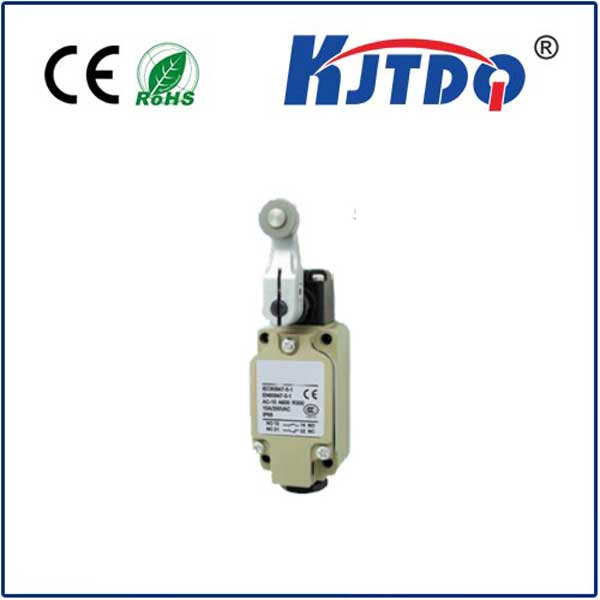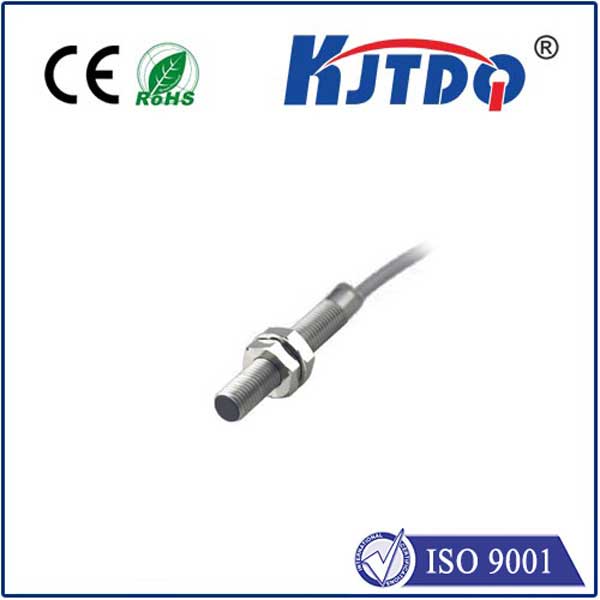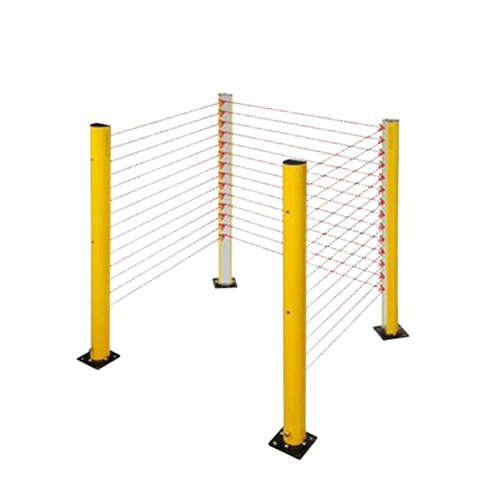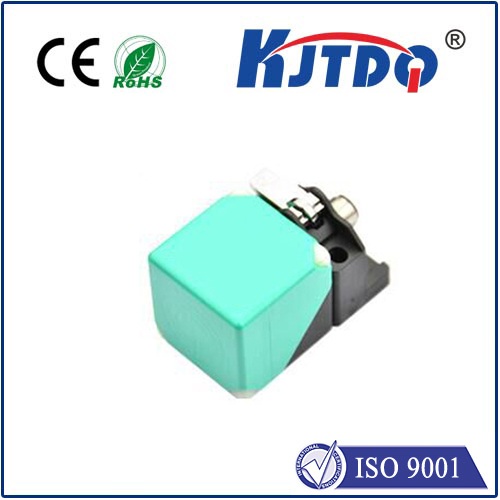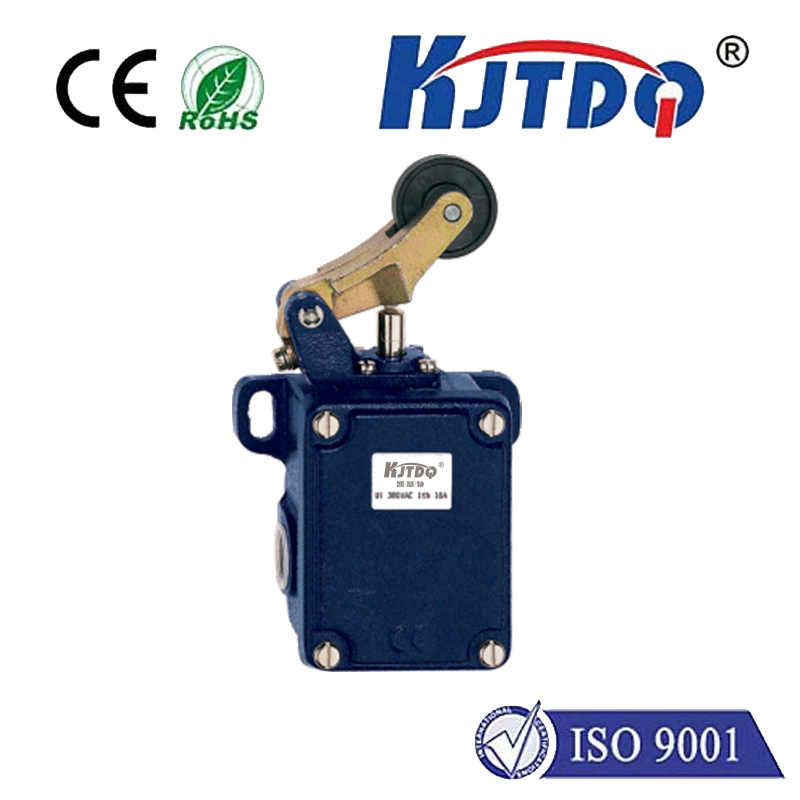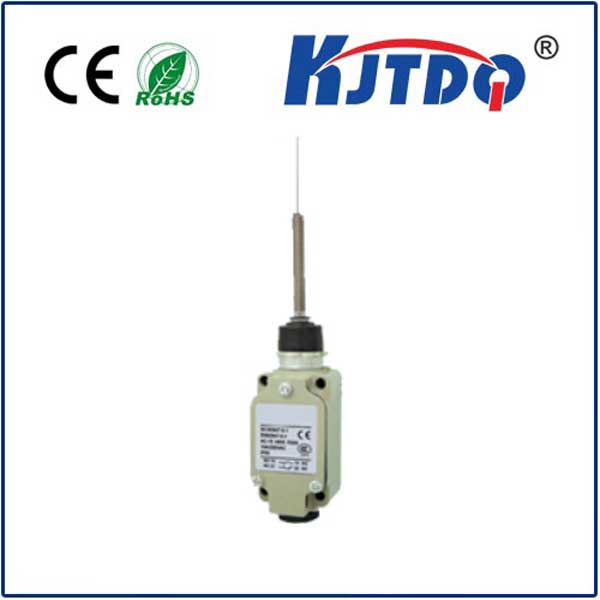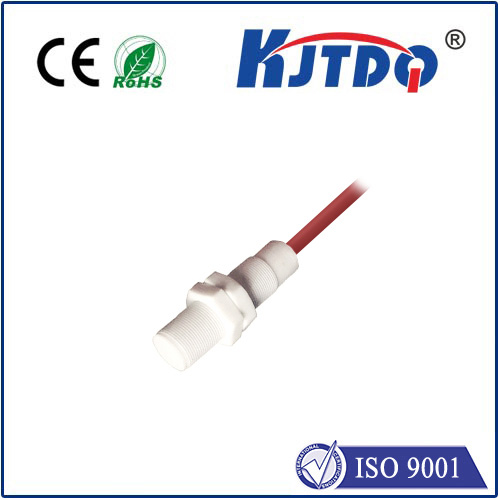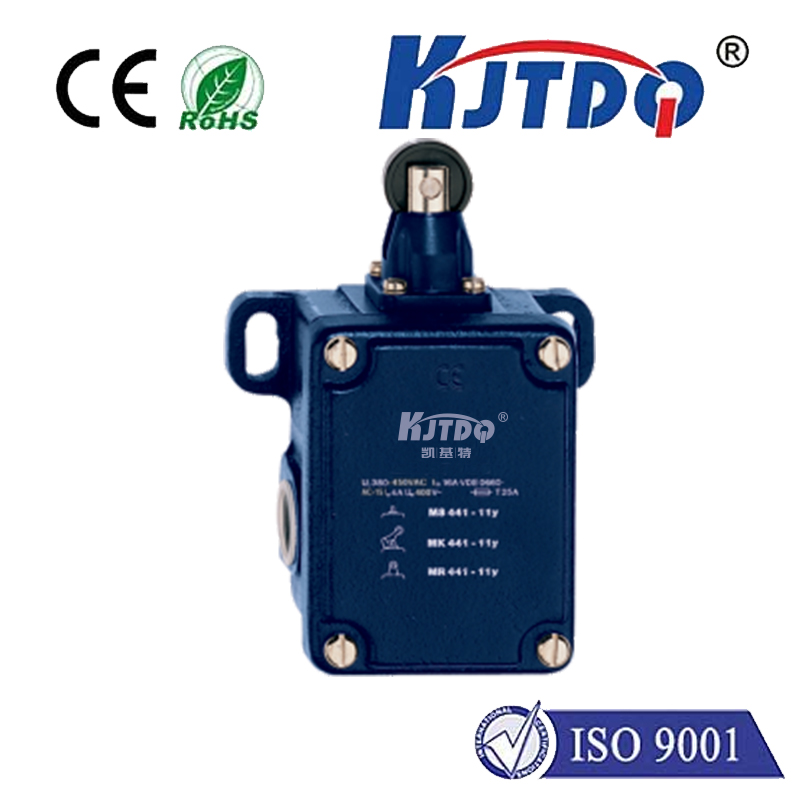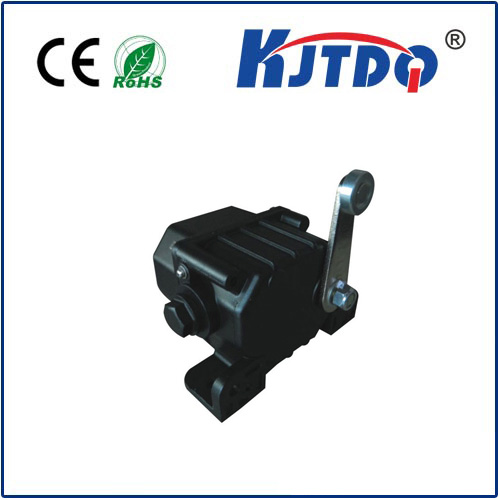

check

check

check

check

check

check

check

check

check

check
Title: Laser Snow Depth Sensor: A Revolutionary Tool for Accurate Snow Measurement
Introduction:
The measurement of snow depth has always been a crucial aspect of environmental monitoring, meteorology, and winter sports. Traditional methods of measuring snow depth, such as manual probing or using ultrasonic sensors, often involve labor-intensive processes and may lead to inaccuracies due to human error or environmental factors. However, the advent of laser snow depth sensors has revolutionized this field by providing an efficient and accurate solution for snow depth measurement. In this article, we will explore the principles, benefits, and applications of laser snow depth sensors.
Principles of Laser Snow Depth Sensors:

Laser snow depth sensors operate on the principle of light detection and ranging (LiDAR) technology. These sensors emit a laser beam towards the surface of the snow, which reflects back to the sensor after striking the surface. By measuring the time taken by the laser pulse to travel from the sensor to the surface and back, the distance between the two can be accurately determined. This process is repeated multiple times to obtain an average value of snow depth at different points along the sensor's path.
Benefits of Laser Snow Depth Sensors:
Laser snow depth sensors offer several advantages over traditional snow measurement techniques. Firstly, they provide non-contact measurements, eliminating the need for physical contact with the snow, which reduces the risk of damage to both the sensor and the snowpack. Secondly, these sensors are highly accurate and can measure snow depth with an accuracy of up to ±2 mm, making them suitable for various applications ranging from recreational skiing to scientific research. Additionally, laser snow depth sensors can operate continuously, providing real-time data that can be used for predictive modeling and decision-making.
Applications of Laser Snow Depth Sensors:
Laser snow depth sensors have numerous applications in various fields. In the realm of winter sports, such as skiing and snowboarding, these sensors are used to monitor snow conditions and create maps of ski resorts, ensuring optimal safety and enjoyment for enthusiasts. In meteorology, laser snow depth sensors play a crucial role in weather forecasting by providing accurate data on snowfall amounts and accumulation rates. Furthermore, scientists use these sensors to study climate change by analyzing trends in snow depth over long periods. Finally, in agriculture and hydrology, laser snow depth sensors help farmers and water resource managers predict water availability and plan irrigation strategies based on snowmelt runoff patterns.
Conclusion:
In conclusion, laser snow depth sensors represent a significant advancement in the field of snow measurement. With their non-contact nature, high accuracy, and continuous operation capabilities, these sensors have become an essential tool for professionals working in various industries related to snow. As technology continues to evolve, we can expect further improvements in the design and performance of laser snow depth sensors, making them even more valuable in addressing challenges associated with snow management and monitoring.
